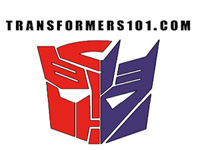Themes of Fan-Favorite Transformers TV Shows
Generation 1
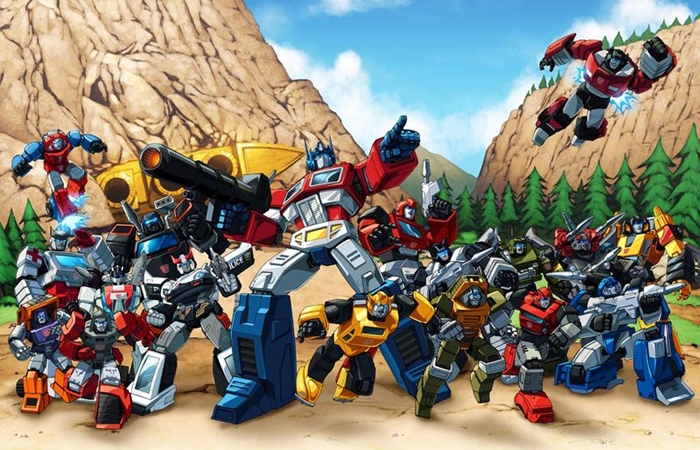
The cartoon (along with the Marvel comics) set up the basic story of Transformers that most other incarnations were to follow: two warring factions of robots on the planet Cybertron leave in search of resources. The factions crash-land on Earth and, millions of years later, begin their battle anew in Reagan-era America and across the globe.
![]()
Once established, the cartoon rarely took any steps to upset its status quo. Plots generally centered on a Decepticon plot or invention of the week, which would be used to gather energy or Defeat The Autobots FOREVER!!, and the Autobots' efforts to stop the plan. Most of the time the Decepticons were forced into retreat, and the Autobots drove off victorious. At most, a new character or team was added to one side or the other. Plots became a bit less formulaic during Season 3, though character death and true plot upheaval remained a rarity.
Through its 98-episode run, this series took viewers around the globe and to many strange places and times: across the alien Cybertron, the Earth's prehistoric past, the Earth's then-future of 2005, the Metropolis-like society of Nebulos, and more.
Beast Wars
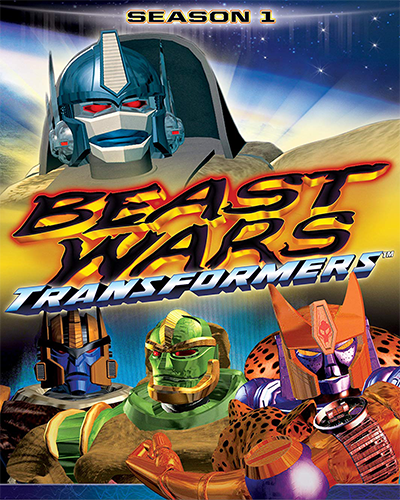
Beast Wars opens at an unspecified time and place, where two warring factions of robots have crashed on a strange planet populated by animals like those on Earth. The planet abounds in mystery, with vast deposits of raw energon and evidence of alien activity. The Energon forces the newly arrived Transformers to take on protective beast forms to shield themselves from the ambient Energon radiation. And so begin the Beast Wars...
Though at first the show seemed to be in an entirely separate continuity, by the end of the first season's 26 episodes, viewers had been treated to a number of classical Transformers references, such as Unicron and even the reappearance of Starscream, last seen as a ghost in the third season of the original cartoon. These ties to the original story increased as the second season progressed and the planet was revealed as prehistoric Earth, the characters having been thrown back in time. The third season was entirely structured around the Maximals defending their dormant Autobot ancestors aboard the ancient crashed Ark.
The show won over many viewers through fun, intriguing stories and generally high production values. Strong characterization, top-notch scripting and voice acting, and complex, overarching plot threads are among the reasons cited for the show's enduring popularity. Some of the show's mysteries and machinations remain topics for fan debate over a decade after it aired.
The show's CGI, though somewhat primitive by today's standards, was revolutionary by television standards of the time (and puts some later shows to shame). Mainframe's animators took pains to ensure their characters gestured and emoted in great detail, and the "camera" work often took creative advantage of the format's flexibility.
The show was immediately followed by a sequel series, Beast Machines.
Robots in Disguise (2001-2002)
Transformers: Robots in Disguise, known as Transformers: Car Robots (トランスフォーマー カーロボット) in Japan, is the first Japanese-original Transformers cartoon ever officially dubbed and broadcast for a US audience. Debuting about eighteen months after its Japanese incarnation, it aired—not without problems—from September 8, 2001 to March 30, 2002, in support of the toyline of the same name.
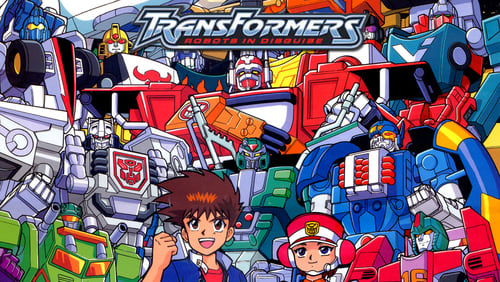
When Earth is targeted by Megatron and his Predacons, Optimus Prime and his Autobots prepare for their coming by installing themselves in secret among human society, masquerading as everyday vehicles used by humankind with no knowledge of their true nature. When Megatron strikes and kidnaps famous scientist Kenneth Onishi, the Autobots ally with his son Koji to rescue him before Megatron can pry from his mind the truth of the ancient secret hidden somewhere on Earth.
After successfully re-energizing his ailing craft, the Megastar, Megatron rips the first clue from Doctor Onishi's mind, and tracks the location of an ancient Cybertronian O-Part, only to lose it to the Autobots. Incensed by failure, Megatron recovers six Autobot protoforms from a crashed spaceship and brainwashes them into the Decepticons, led by the dark clone of Optimus Prime, Scourge. These new warriors prove much tougher opponents for the Autobots, who then have to deal with attacks from their own side when Optimus Prime's embittered brother, Ultra Magnus, arrives on Earth to steal the Matrix from Prime. Realizing the Matrix can be shared between them, the brothers put aside their differences and gain the power to combine into Omega Prime, as well as using the Matrix's power to give the Autobot Brothers new super-charged bodies.
Fearful of losing his position to Scourge, the bumbling Sky-Byte accidentally frees Doctor Onishi when he attempts to use the scientist to locate all the remaining missing O-Parts. Onishi is then able to help the Autobots gather all the O-Parts, which together form a map that points the way to Fortress Maximus, an ancient Cybertronian battle station hidden on Earth for untold ages and controlled by the will of human children. The awakening of Maximus in turn awakens Scourge's ambition, and he leaves Megatron to perish in a collapsing temple so that he can take command for himself. Megatron, however, is transformed into the vampiric Galvatron and puts down Scourge's rebellion before confronting Omega Prime in a final battle at the Earth's core, where he is defeated by the Matrix Blade created by a fusion of Maximus's energy and Magnus and Prime's Matrix.
Armada (2002-2003)
Transformers: Armada, known as Chō Robot Seimeitai Transformers Micron Densetsu (超ロボット生命体トランスフォーマー マイクロン伝説 "Super Robot Lifeform Transformers Legends of the Microns") in Japan, is a Transformers cartoon series that ran from 2002–2003, in support of the franchise of the same name.
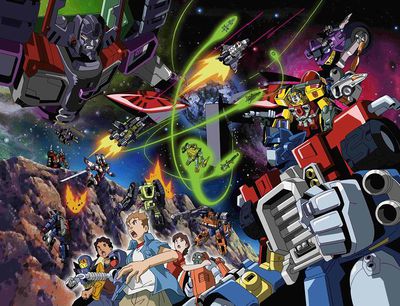
Animation for the series was produced by Actas Inc. (with animation for the Japanese title sequence being produced by Raretrick). The series initiated a total continuity reboot, setting up a brand new Transformers universe separate from any previous storyline. Together with its two sequels, Energon and Cybertron, this continuity family is now known as the Unicron Trilogy.
Transformers Animated (2007-2009)
Transformers Animated is a cartoon series which debuted on December 26, 2007, in support of the franchise of the same name.
The cartoon was produced by Cartoon Network, scripted in the United States, with character and background designs by the crews behind shows like Teen Titans and Ben 10, while animation was provided by Japanese studios Mook, The Answer Studio, Studio 4ºC, Barnum Studio and Diomedea. Animated saw several Generation 1 voice actors reprise their old roles (Susan Blu, Corey Burton, John Moschitta, etc.), and was the first Transformers series to feature David Kaye in which he didn't voice Megatron.
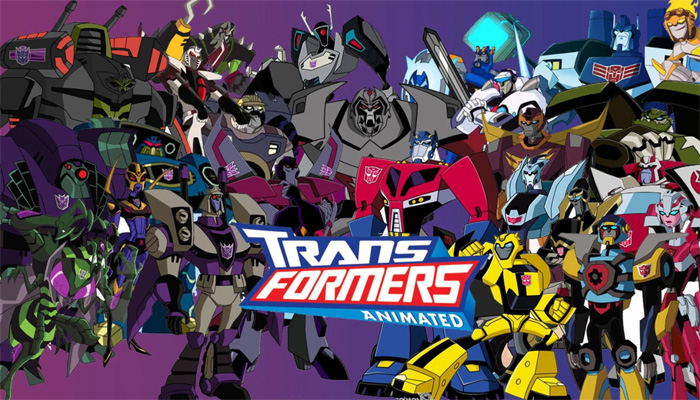
Animated follows the adventures of a small crew of Autobots who come into possession of the all-powerful AllSpark artifact. Stranded on Earth and living among the population of Detroit, they face off against a series of human villains and their mighty Decepticon foes, who seek to possess the AllSpark. Though they were originally a lowly space bridge repair crew, these five Autobots must rise to their circumstances to deal with threats large and small.
Transformers Prime (2010-2013)
Transformers: Prime is a multiple Daytime Emmy Award-winning computer-animated television series that premiered on The Hub on November 26, 2010 with a five-part mini-series, which was followed by a season of another 21 episodes beginning on February 11, 2011. Season 2 began screening February 18, 2012, and a third season of thirteen episodes with the subtitle Beast Hunters began screening on March 22, 2013. Predacons Rising, a TV movie, concluded the show on October 4, 2013.
Transformers: Prime focuses on the superheroic Autobots of "Team Prime", which consists of Optimus Prime, Ratchet, Arcee, Bumblebee and Bulkhead. Throughout their battles, the Autobots are aided by three human children and with their help attempt to protect the Earth from the villainous Decepticons and their leader Megatron.
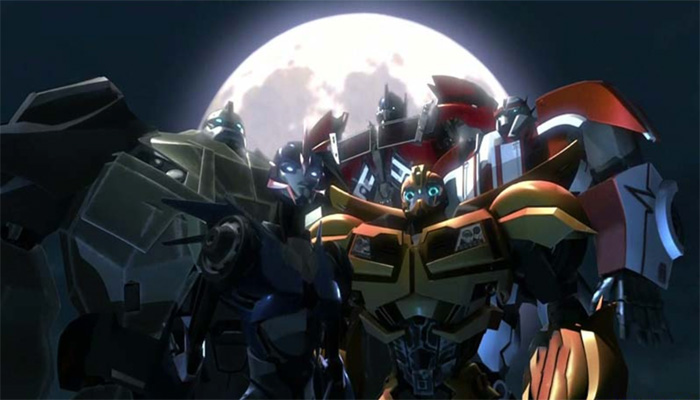
The Canadian broadcast of the series has been undertaken by Corus Entertainment, and the show aired on Teletoon from January 9, 2011 to August 16, 2013, with the TV movie Predacons Rising premiering on November 15, 2013. The series premiered in the UK on September 5, 2011 on Cartoon Network's "Action Heroes" block. It began airing in Japan on April 7, 2012 on TV Aichi. A follow-up series called Robots in Disguise began airing in early 2015.
After the live-action film series, screenwriters Roberto Orci and Alex Kurtzman signed to become show runners with Jeff Kline and Duane Capizzi of The Hub's Transformers cartoon, explaining the TV show would not have the constraints of a two-hour film in delving into the mythology. (Orci's employees Steven Puri and Mandy Safavi were also credited as producers.) The show runners were given the "Binder of Revelation", a near 400-page production bible that Hasbro had been working on since the movies, that combined elements of the most popular continuities. The show's title was based on the desire to create a master continuity and a literal Prime continuity. Whereas the movies were about a boy and his car, the dynamic between the kids and the robots on the show was meant to be more like The Iron Giant.
Transformers: Robots in Disguise (2015-2017)
Transformers: Robots in Disguise is an American animated robot superhero television series for children produced by Hasbro Studios and Darby Pop Productions in the United States, and animated by Polygon Pictures in Japan. It is the stand-alone sequel to Transformers: Prime, featuring characters and storylines mostly self-contained from the events of its predecessor as well as an overall more lighthearted tone. Roberto Orci and Alex Kurtzman (the executive producers of Prime) did not return to the new series. In the United States, the series ran on Cartoon Network from March 14, 2015 to November 11, 2017.
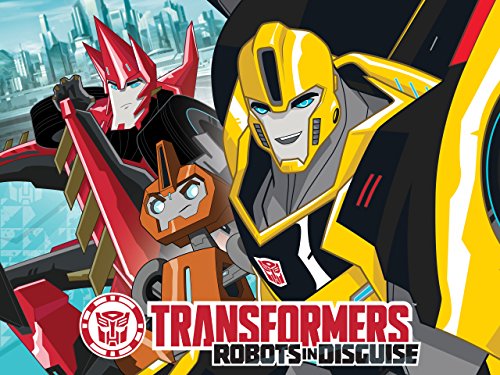
The show's second season, featuring guest appearances from some returning Transformers: Prime characters, premiered on February 20, 2016. A six-episode mini-series centered on the return of Starscream premiered in Canada on September 10, 2016, before debuting on U.S television the following month. The third and final season, subtitled Combiner Force, aired from April 29, 2017 to November 11, 2017. It was the only Transformers series to feature Bumblebee as the main protagonist rather than Optimus Prime, the leader of the Autobots and the main protagonist in most of the series.
Transformers: Cyberverse
Transformers: Cyberverse is the newest cartoon of the franchise. More information will be posted at a later date.
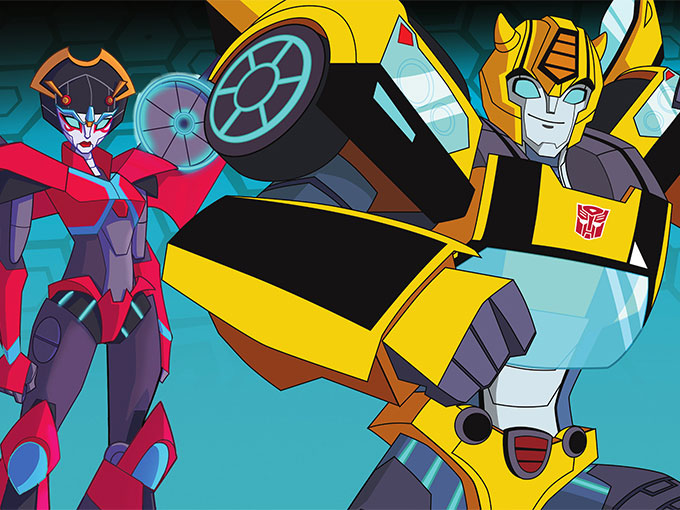
*All information on this page taken from tfwiki.net and wikipedia.org.*
1984 Rollout Street,
Skamania County, WA 98649
360-808-1986 360-808-1986
